The Karabel relief is an ancient rock relief located in Turkey. It dates back to the Hittite era, around the 13th century BC. The relief depicts a male figure, believed to be a king or a warrior, and is one of the few extant examples of Hittite monumental art. It was discovered in the late 19th century and has since been a subject of scholarly study and tourist interest.
Hittite Empire
The Hittites: An Overview of a Forgotten Empire
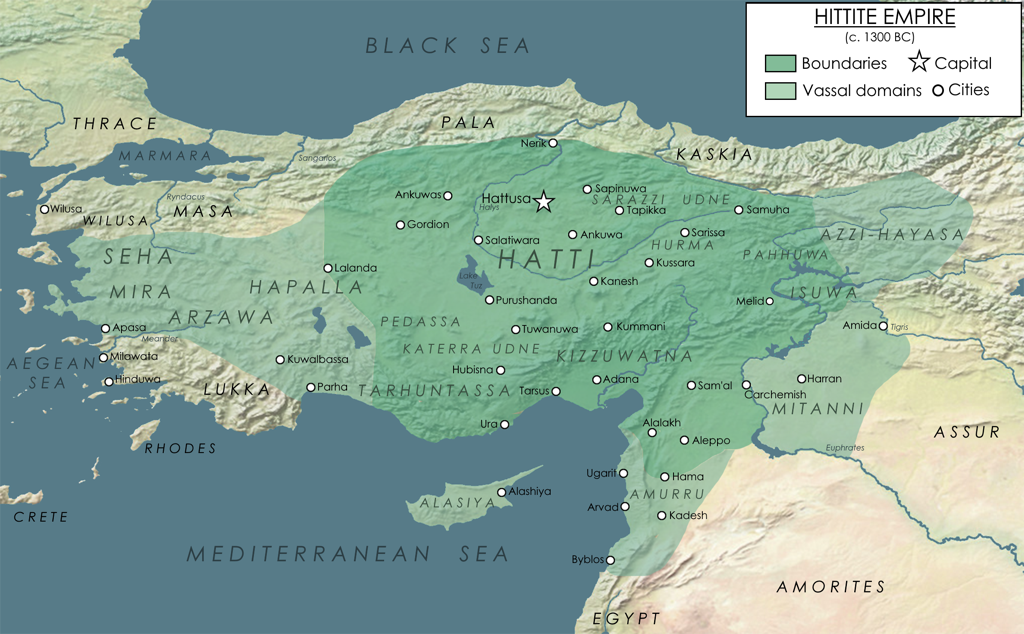
The Hittites, an ancient people who emerged in Anatolia around the middle of the 2nd millennium BCE, have long fascinated historians and archaeologists alike. Their civilization, known as the Hittite Empire, was centered in what is now modern-day Turkey. This empire was among the most powerful in the Near East, rivaling even the Egyptians and the Assyrians. The Hittite civilization was characterized by its advanced legal systems, sophisticated art and architecture, and its pivotal role in the political dynamics of the ancient Near Eastern world.
The Hittite Empire reached its zenith in the 14th century BCE under the reign of Suppiluliuma I, expanding its territories to encompass large parts of Anatolia, the Levant, and even northern Mesopotamia. This expansion was not only a testament to their military prowess but also to their diplomatic strategies, which included marriages into the royal families of neighboring states. The Hittite people were adept in harnessing the power of iron, which gave them a significant advantage over their rivals who were still reliant on bronze weaponry. This technological edge, combined with their formidable chariotry, cemented the Hittites’ status as a superpower of the ancient world.
The Hittite language, part of the Anatolian branch of the Indo-European language family, provides a crucial window into their culture and society. The discovery of thousands of clay tablets inscribed in cuneiform script at the site of Hattusa, the Hittite capital, has been instrumental in understanding the complexities of Hittite law, religion, and diplomacy. These texts, which include the famous Treaty of Kadesh with Egypt, the oldest known peace treaty in the world, highlight the Hittites’ sophisticated approach to governance and international relations.
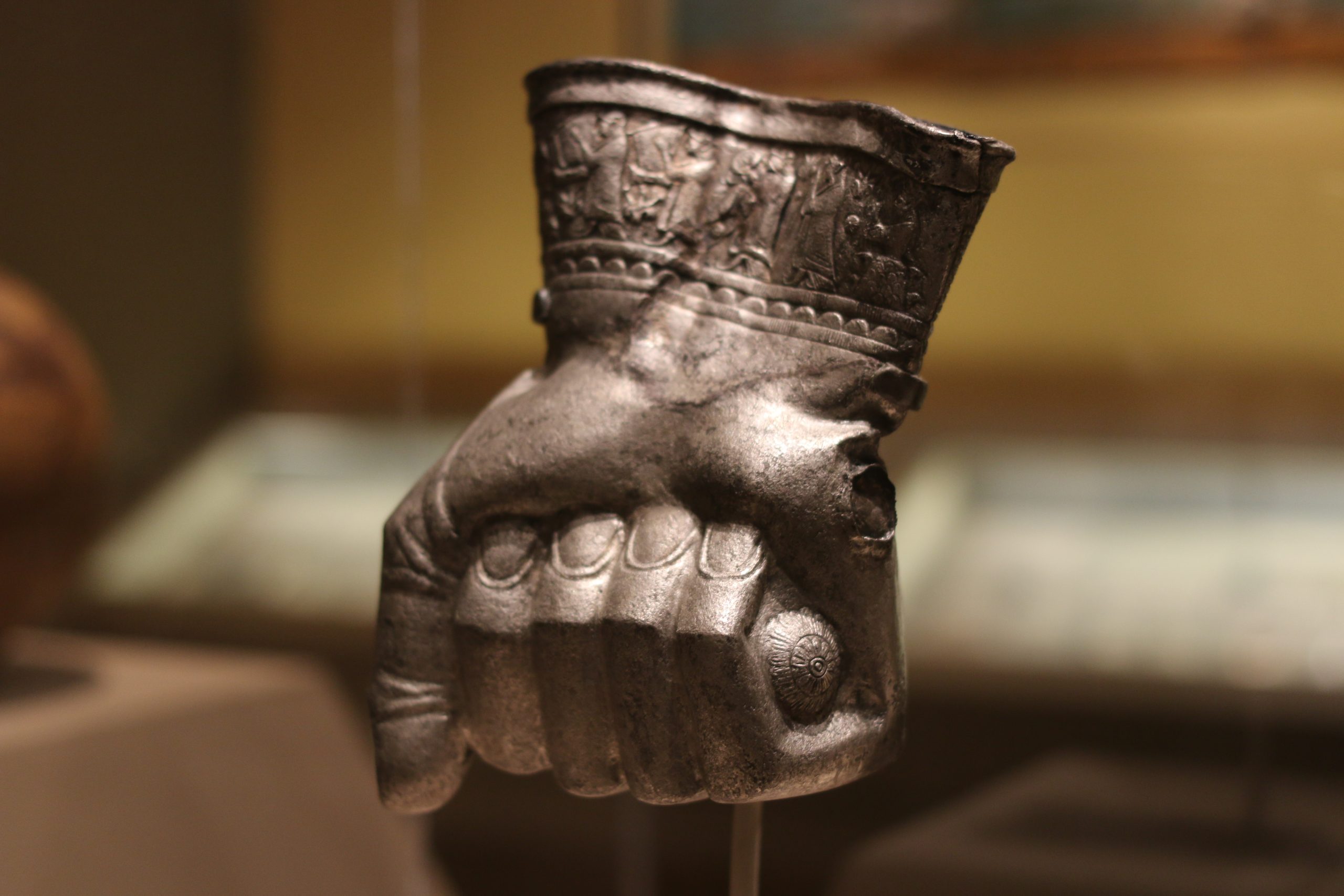
Despite their prominence, the Hittite Empire began to decline around the 12th century BCE, eventually fragmenting into several “Neo-Hittite” city-states. These entities persisted until their final absorption into the expanding Assyrian Empire in the 8th century BCE. The reasons behind the decline of the Hittite civilization are still debated, with theories ranging from internal strife to invasions by the Sea Peoples and changes in trade routes. However, the legacy of the Hittites lived on, influencing the cultures and histories of subsequent civilizations in the region.
The Hittite people themselves are an enigma, with limited physical descriptions available from ancient sources. Artistic depictions and skeletal remains suggest they were similar in appearance to other Anatolian and Near Eastern peoples of the time, with a diverse genetic makeup indicative of a society that was at the crossroads of several ancient civilizations. Their contributions to the development of iron technology, legal thought, and international diplomacy are among their most enduring legacies, marking them as a pivotal civilization in the history of the ancient Near East.
In conclusion, the Hittites represent a civilization that, despite its once formidable power and influence, has only come to be appreciated in the light of modern archaeological discoveries. The study of the Hittite language and the excavation of sites such as Hattusa have unveiled the complexities of a society that was at once warlike and sophisticated, insular and international. As research continues, the story of the Hittite Empire and its people promises to further enrich our understanding of the ancient world.
Explore The Hittite Empire’s Archaeological Discoveries and Historical Sites
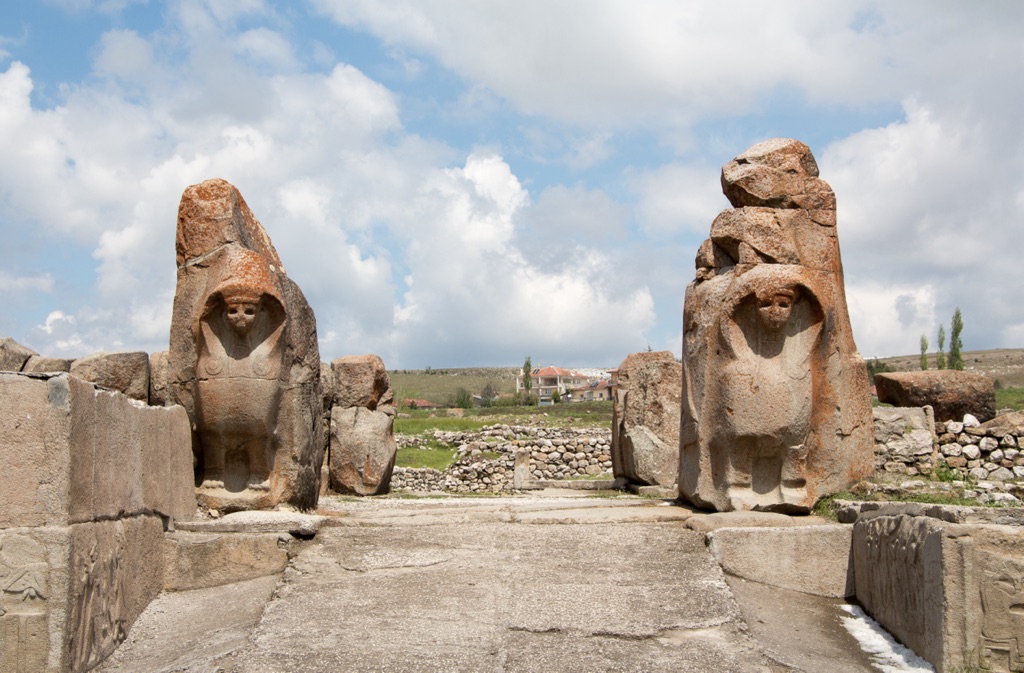
FAQ on The Hittites
Who were the Hittites?
The Hittites were an ancient civilization that flourished in Anatolia (modern-day Turkey) during the 2nd millennium BCE. They established a powerful empire that played a significant role in the politics and culture of the Near East.
What did the Hittites look like?
There is limited information on the physical appearance of the Hittites. Artistic depictions and archaeological findings suggest they were similar to other Anatolian and Near Eastern peoples, with a diverse genetic makeup.
How to pronounce “Hittites”?
“Hittites” is pronounced as “HIT-tites,” with emphasis on the first syllable.
Were the Hittites in the Bible?
Yes, the Hittites are mentioned several times in the Bible. They are depicted as one of the peoples inhabiting the land of Canaan, with whom the Israelites had interactions.
Were the Hittites black?
The Hittites, based on archaeological and historical evidence, were not black in the sense of Sub-Saharan African peoples. They were an Anatolian people and would have resembled other groups from the region, which is characterized by a diverse range of genetic backgrounds.
Who are the Hittites today?
The Hittites, as a distinct civilization, ceased to exist towards the end of the 2nd millennium BCE, transitioning into what historians refer to as the Neo-Hittite states before being absorbed by larger empires like the Assyrians. Today, there is no direct descendant community that identifies as Hittite. However, the cultural and historical legacy of the Hittites is part of the broader heritage of the peoples of modern-day Turkey and, more widely, of the civilizations that have inhabited the Anatolian peninsula.
What was the religion of the Hittites?
The religion of the Hittites was polytheistic, featuring a pantheon of gods that oversaw various aspects of nature and human endeavor. Their religious practices included elaborate rituals, festivals, and sacrifices to honor their deities and ensure divine favor. The Hittite pantheon was influenced by the cultures of neighboring regions, leading to a syncretism that incorporated Hurrian, Mesopotamian, and local Anatolian deities. Key gods included the storm god Tarhunt, the sun goddess of Arinna, and the weather god Teshub. The Hittites also placed a strong emphasis on oracles and divination as means of understanding the will of the gods.
Where did the Hittites live?
The Hittites lived in Anatolia, a region that corresponds largely to modern-day Turkey. Their empire, at its height, covered much of Anatolia and extended into parts of the Levant. The heartland of the Hittite civilization was centered around the city of Hattusa, which served as their capital. Hattusa was located in north-central Anatolia, near what is today the town of Boğazkale (formerly Boğazköy), Turkey. The Hittite Empire’s strategic location allowed it to control key trade routes and interact with neighboring civilizations, including the Egyptians, Assyrians, and Mycenaeans.
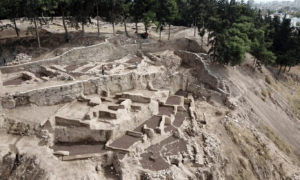
Yumuktepe
Yumuktepe is a fascinating archaeological site located in Mersin, Turkey. It holds remnants of human settlement that span over 9,000 years. The site reveals a continuous occupation from the Neolithic age to the Middle Ages. Excavations have unearthed various layers of civilization, including a Neolithic town, an Early Bronze Age settlement, and a medieval castle. Yumuktepe’s rich history provides invaluable insights into the evolution of human societies in the region.
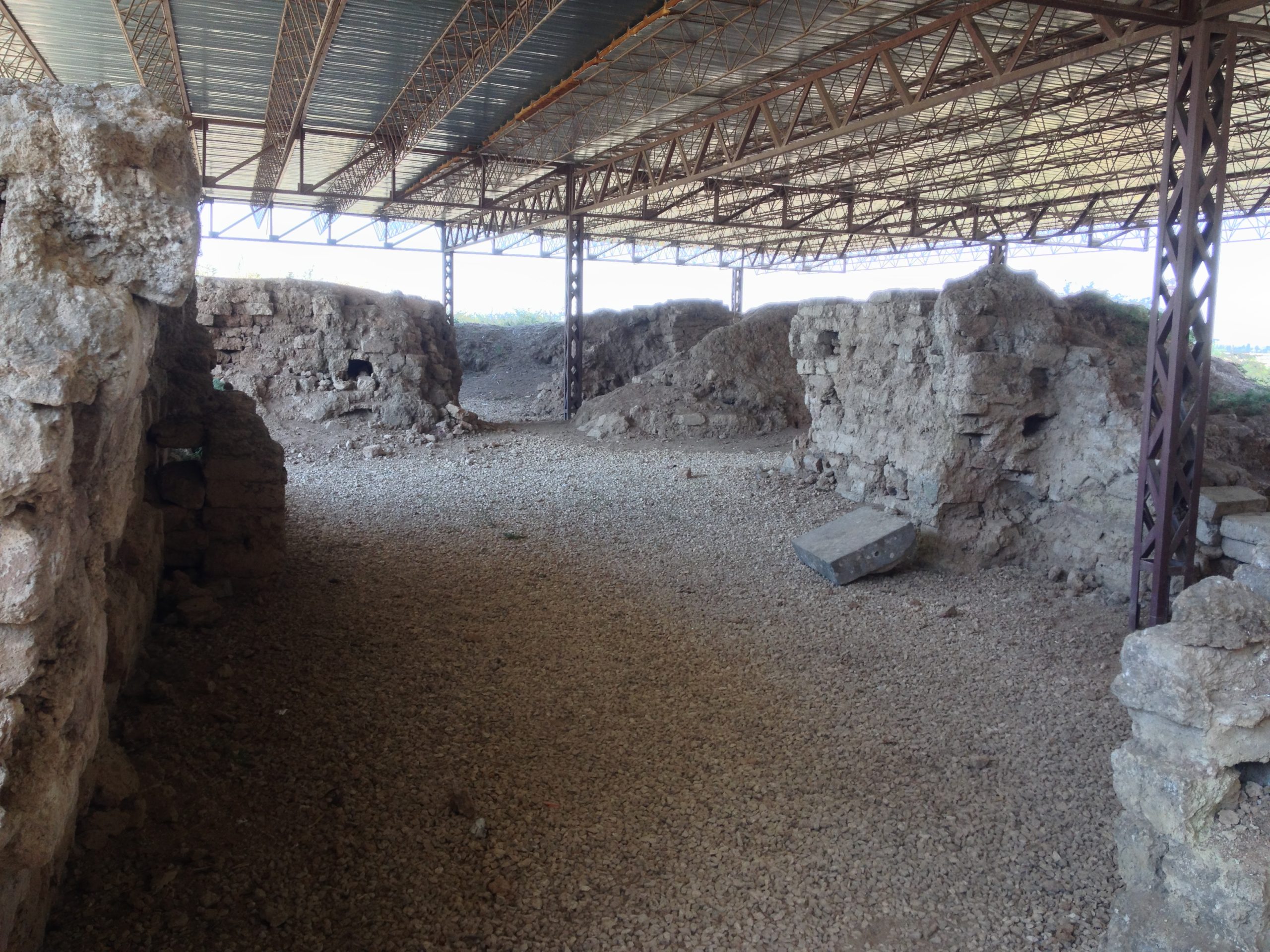
Tell Atchana
Tell Atchana, an ancient site in modern-day Turkey, is a mound that reveals layers of occupation dating back to the Bronze Age. It is the site of the ancient city of Alalakh, which served as a capital and regional center. Archaeologists have unearthed rich finds here, including palatial buildings, temples, and numerous cuneiform tablets. These discoveries provide insights into the political, economic, and social aspects of the ancient Near East.
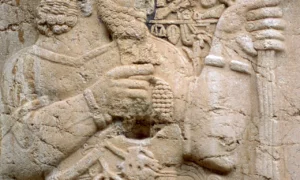
İvriz relief
The İvriz relief is a remarkable piece of Hittite art carved into a rock face in central Turkey. It depicts a king, thought to be Warpalawas, and a god, possibly the storm god Tarhunza, indicating a cultural significance tied to the Hittite civilization. The relief stands as a testament to the intricate artistry and religious practices of the era.
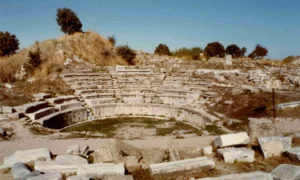
City of Troy
The City of Troy, immortalized by Homer’s epic poem “The Iliad,” stands as a testament to the complexities of ancient history. This legendary city, believed to have existed in what is now Turkey, has captivated historians and archaeologists for centuries. Its historical significance is twofold: as a real ancient city that was rediscovered in the 19th century, and as a cultural icon that has influenced literature and art throughout the ages. The search for the physical remnants of Troy has yielded discoveries that have both confirmed and challenged traditional narratives of its existence and destruction.
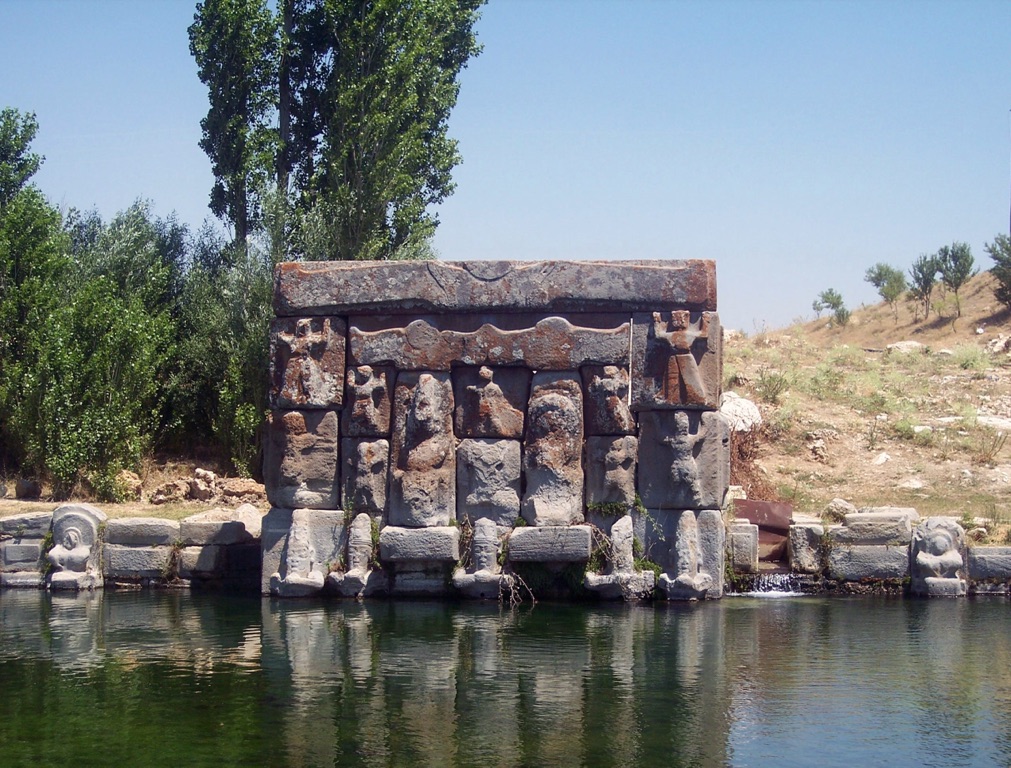
Eflatun Pınar
Eflatun Pınar is a Hittite spring sanctuary situated near Konya, Turkey. It dates back to the late Bronze Age, around the 13th century BC. This site is renowned for its elaborate stone carvings and monumental architecture. It features a spring pond surrounded by stone reliefs depicting gods and goddesses from the Hittite pantheon. Eflatun Pınar stands as a testament to the religious practices and artistic achievements of the Hittites, offering valuable insights into their culture and beliefs.

